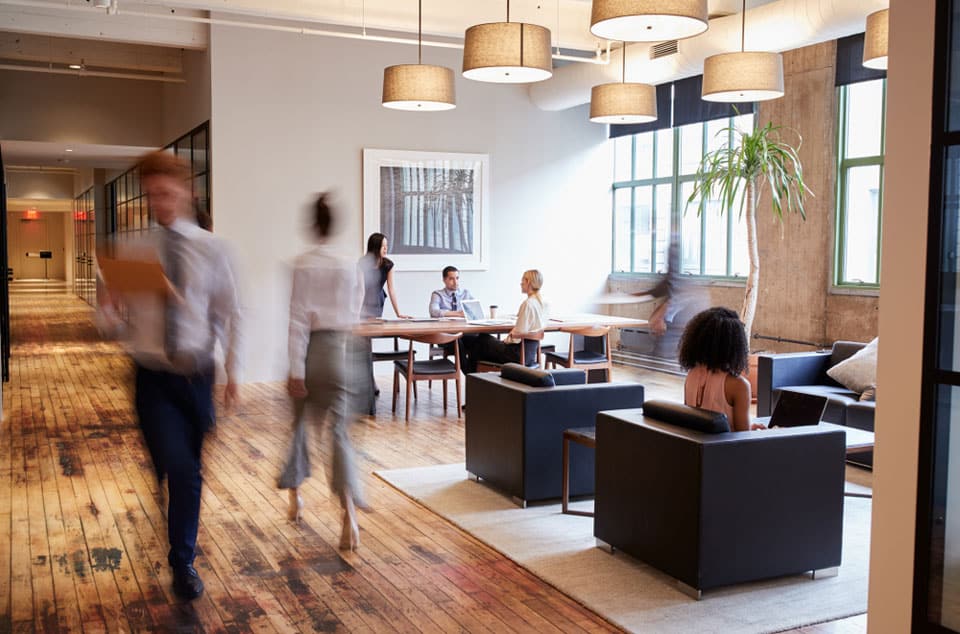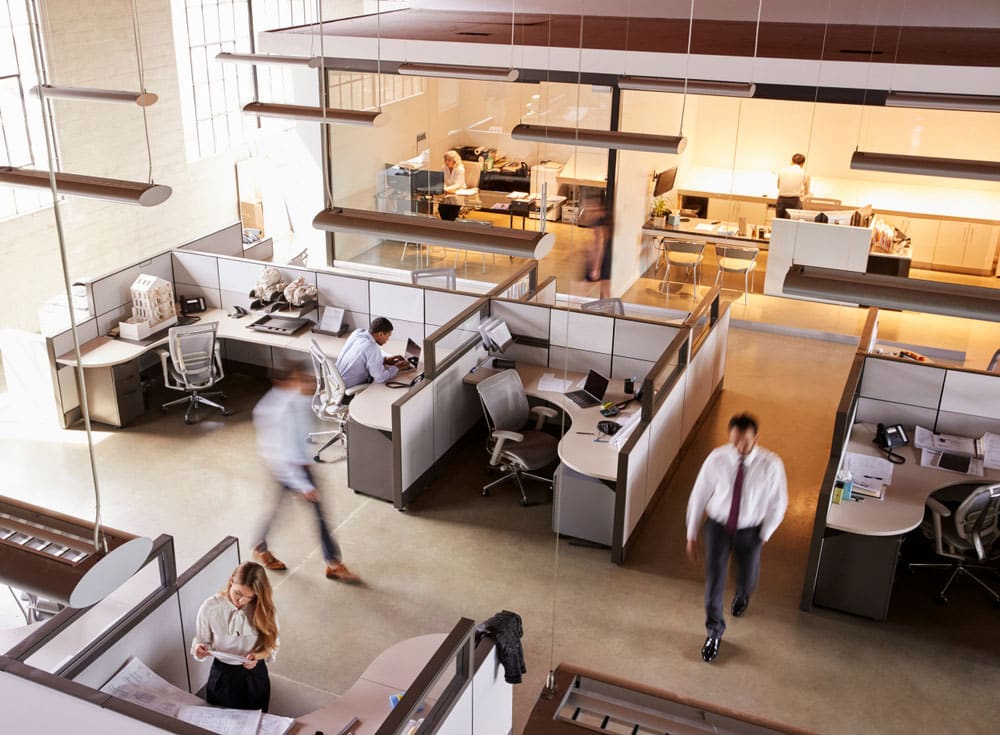Office comeback: Why leaders need to rethink the office space

From 2020 to 2022, employers and employees embraced remote work, and many have argued that they’ve worked just as, if not more productively than at the office. However, fast forward to 2023, during the post-pandemic era; recent studies show that while employees feel they’re just as, or more productive at home, this may not always be the case. For instance, a study by Stanford’s Institute for Economic Policy and Research shows that productivity dropped by 10–20 percent in the case of fully remote workers, citing the lack of in-office collaboration and less effective communication as the causes.
While this may be the case for some remote workers, and depends on the industry, employees continue to fight back after recent calls to the office – including from big companies such as Google, Meta and even, ironically, Zoom – has been fully ignited. Although leaders may want their employees back in the office full-time, employees are still adamant to retain the freedom of working from home. So, this begs the question: how can employers call back their employees and create a pleasant in-office experience in a post-pandemic workplace? Here are three key tips that leaders should keep top-of-mind.
Create a successful hybrid work model
With newer tensions in the workplace and companies experiencing a talent shortage, it’s more important than ever to keep employee morale high. Instead of approaching the office as to why you, the employer, want your employees back in the office, it’s important to keep the employee in mind and ask, “what can we do to make employees want to come back to work in the office?”.
First, highlight the benefits offered to employees working in the office. There is no value to being in the office if they are simply coming in to hunker down at their desks, so there should be a tangible benefit for employees to be there. For example, being at the office gives employees the ability to participate in valuable in-office training and coaching sessions, which focuses on effective career development. Another benefit that in-person office experiences offer is improved professional relationships with colleagues, which means less video meetings and, in fact, a hard stop on when their workday ends. Many remote employees find their workday stretches beyond normal office hours, so working in the office provides a clearer start and end point to the day.
Once the benefits are established, it’s important to communicate to your employees about these benefits and how you’ll approach these moving forward. Always give employees the opportunity to provide feedback and ideas so they become part of the solution.
Revamp the workplace culture
After years of virtual connections, effort needs to be made to enhance personal connections between employees. To do this, involve employees in the decision-making and let them propose and organize events that can bring their teams together. Make sure to include some light-hearted, fun activities such as setting up sports teams, monthly book clubs, fundraising drives and volunteer days or happy hour, which can start before the actual workday ends. Create engagement opportunities, such as group projects or internal committees to keep employees connected and work on things that don’t pertain to their day-to-day tasks.
The enhancement of leadership training
Leaders have had a difficult time of late – remotely supervising, motivating, and coaching their teams. Often they are running meetings with some people on-site and some participating remotely. Leading remote or hybrid teams requires better and more intentional communication. Set clear expectations regarding frequency and behaviour during virtual meetings. Keep employees engaged by conducting one on one meetings and provide different ways for them to connect with you and each other, such as virtual coffee chats. Show understanding and gratitude.
This past year we’ve already seen many workplace trends go viral on social media, such as “bare minimum Mondays”, “resenteeism”, and most prominently “quiet quitting”. These trends may not be going anywhere anytime soon, and as younger generations enter the workplace post-pandemic, it’s important to remember that they haven’t had the benefits of working in the office and therefore don’t know what they are missing. This is the time for leaders to focus on and re-examine the current workplace culture and structure to ensure a positive environment for current and future employees.
Written by Janet Candido.
Have you read?
Ranked: These Are The Best War Movies of All Times And Why.
Unveiling Extraordinary Immigrant Achievers: The Impact of Naturalized Citizens.
Imperial Echoes: 22 Leaders, and their Lessons, and Legacies.
Rebranding Countries: 17 Names That Redefined The Nation’s Identity.
These Are The Largest Warships In The World.
Add CEOWORLD magazine to your Google News feed.
Follow CEOWORLD magazine headlines on: Google News, LinkedIn, Twitter, and Facebook.
Copyright 2024 The CEOWORLD magazine. All rights reserved. This material (and any extract from it) must not be copied, redistributed or placed on any website, without CEOWORLD magazine' prior written consent. For media queries, please contact: info@ceoworld.biz










